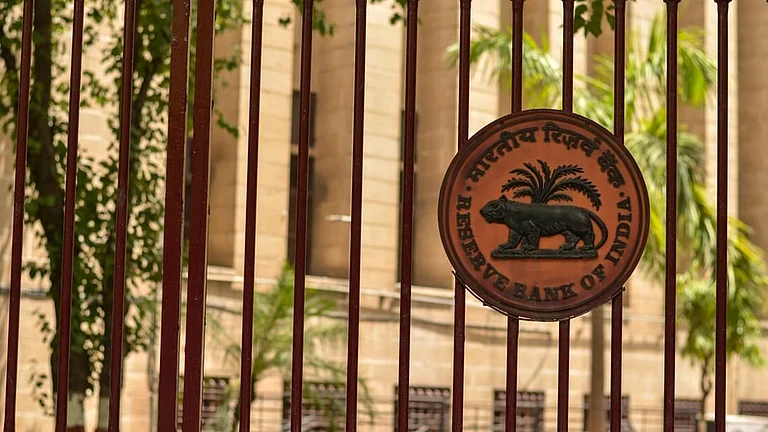A property's area is often measured in three ways: carpet area, built-up area, and super built-up area. As a result, when it comes to buying a home, there can be a lot of disparity between what you pay and what you get. According to the Real Estate (Regulation and Development) Act of 2016, the developer's responsibility is to inform buyers of the carpet area and quote prices based on this rather than the super built-up area. Unscrupulous developers used to include the balcony, terrace, verandas, flower beds, and void spaces in the definition of carpet area, but that practice is now prohibited under the new Act, which requires developers to report the carpet area of the units they sell.
The carpet area, also known as the net usable area, is the space available for laying a carpet. The carpet area is included in the built-up area, as well as additional areas that authorities have approved, such as the area of the outer and inner walls, the dry balcony area, among the others. The super built-up area comprises the carpeted area, the built-up area, and a portion of the balance area, such as the lobbies, stairs, and galleries.
Before the RERA was enacted, builders used to quote the super-built-up area for projects to show how spacious their project is. Such wrongdoings have been prohibited by the RERA. The RERA defines carpet area as ‘the net usable floor area of an apartment, excluding the area covered by the external walls, areas under services shafts, exclusive balcony or verandah area and exclusive open terrace area, but includes the area covered by the internal partition walls of the apartment’.
Corner apartments, or apartments in some advantageous or disadvantageous locations, are often used to get a little more or less carpet space. Although apartments in better locations with more carpet areas used to command a higher price, those with less carpet area were never sold at a discount because the ‘missing' carpet area was obfuscated in the super built-up area.
After the building is completed and the occupancy certificate is granted, the promoter must confirm the final carpet area that has been delivered to the buyer. The cumulative payable price will be recalculated if there are any changes. If the carpet area is reduced, the excess sum will be refunded within 45 days, with an annual interest rate calculated according to the regulations. It is important to note that the increase in the area cannot exceed 3 per cent. If the carpet area increases, the developer has the right to claim a higher payment calculated at the same rate per square foot.
With RERA, a home buyer can rest assured that if a developer says a property is 1000 square feet, it will be 1000 square feet of carpet space. According to Section 61 of the RERA, the promoter may be fined up to 5 per cent of the total cost of the real estate project for supplying false information and other violations.
The author is Joint Managing Director, MRG World
DISCLAIMER: Views expressed are the author’s own, and Outlook Money does not necessarily subscribe to them. Outlook Money shall not be responsible for any damage caused to any person/organisation directly or indirectly.

























